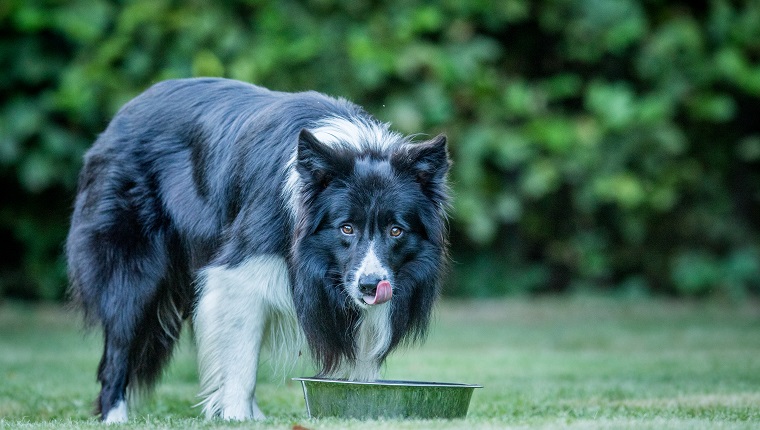A trending topic among dog lovers is rotating their pups’ protein sources. This basically means you change the protein source of your dog’s food periodically: on a daily, weekly, or monthly schedule.
You might go from beef, to fish, to pork, and so on. With today’s dog foods, your options are limitless. But why should you change up your dog’s diet? And how can you do it safely?
Here’s what you should know about rotating your dog’s protein source.
Why Should You Change Your Dog’s Protein Source?

Experts recommend protein rotation for a variety of reasons.
Some believe prolonged feeding of the same food for long periods of time can lead to allergic reactions manifesting in a variety of symptoms, including itchy skin, hot spots, upset stomach and more.
Many dog parents also believe it adds variety to their pups’ lives and keeps them from getting bored with the same old food day after day.
Whatever your reasons for rotating your pet’s protein source, we’ve got a few tips for doing so safely.
Tips For Rotating Your Dog’s Protein

As always, you must ask your veterinarian first before you attempt to alter your dog’s diet. They can give you the most appropriate advice for your individual pooch.
With that in mind, here are some tips that you should discuss with your vet:
- Come up with a plan or schedule of how often you are going to switch your dog’s protein source with your vet’s guidance. Some experts suggest you switch weekly, while others say to finish your current supply of food before switching to ensure freshness.
- Make sure all dog food is sealed properly to stay fresh. If you use a plastic bin or storage container, clean it thoroughly after every bag of food, or residual fats and oils that settle at the bottom could grow rancid and contaminate new food.
- Some dogs have sensitive stomachs, and changing protein sources can upset their tummies. Follow the basic rules for changing any dog food by gradually mixing about 25 percent new food with their old food, and work your way up from there until you are at 100 percent new food. This is usually done over seven to ten days, but be sure to consult your vet.
- Keep an eye on your dog. Talk to your vet if your pooch shows signs of a food allergy: chronic ear inflammation, gastrointestinal problems, diarrhea, skin rash, hives, gas, obsessive licking, obsessive scratching, and sometimes even nausea or vomiting. However, if your dog was having those issues, and those symptoms stop when you switch protein sources, you should also talk to your vet because they may have had an allergy to the food you were feeding them, and you may not have even known it!
Try It! You Might Be Surprised!
Here’s a protein rotation success story from one of our writers at DogTime.
A Shih-Tzu named George never slept through the night. He was always scratching and keeping his humans awake with his fidgeting, licking and squirming around.
When they began rotating George’s protein source on the suggestion of a clerk at their pet food store, he suddenly began sleeping through the night.
His humans always thought he was just a fidgety, squirmy, itchy boy, but it turned out that he was actually allergic to the chicken-based dog food they had been feeding him for years.
Try it out with your dog, and you just might be surprised. Although — we repeat because we can’t stress this enough — ask your vet if it’s safe, first!
Have you ever changed up your dog’s protein source? Do you switch their food on a regular schedule? We’d love to hear about your experiences in the comments below!









